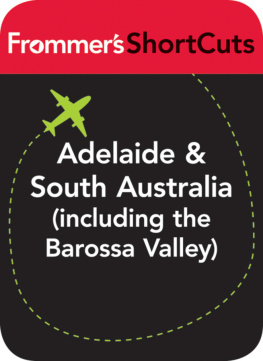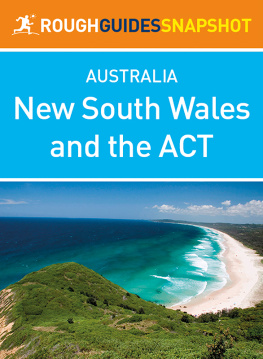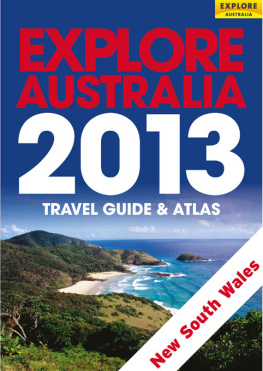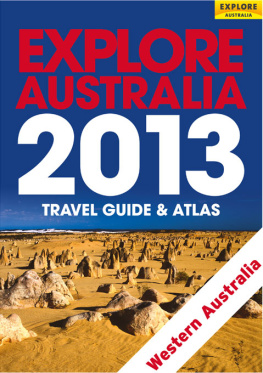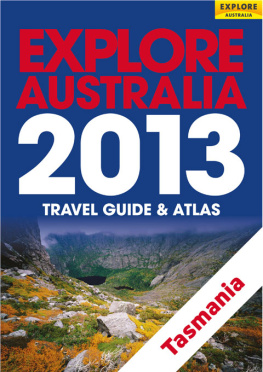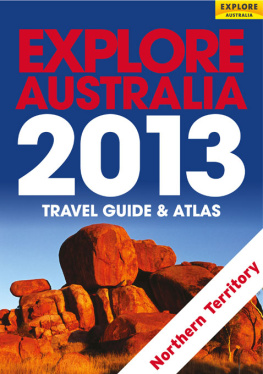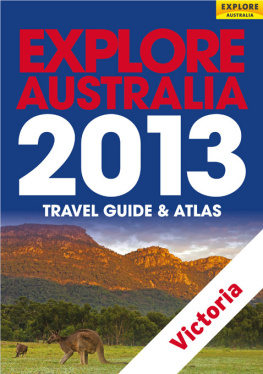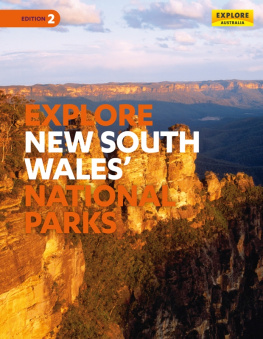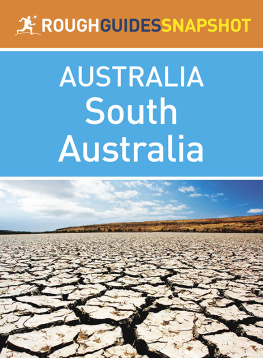
CONTENTS
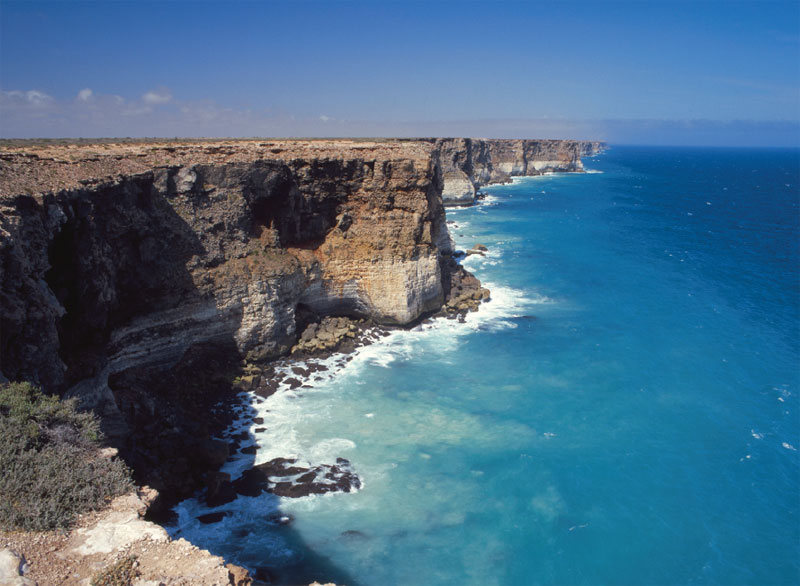
[ BUNDA CLIFFS, HEAD OF BIGHT ]
SOUTH AUSTRALIA is a million square kilometres of ancient Dreamtime landscapes and wild coastal beauty. It is also a land of incredible contrasts: the endless desert of the north and the fertile vales of the south-east are a world apart.
In 1836 Colonel William Light chose the site for the capital of South Australia on Kaurna land beside the River Torrens. The settlements early days were far from ideal as the first colonists huddled in squalid mud huts, perhaps regretting they had no convict labour to call on. But today the worlds first planned city is a gracious capital of wide streets and generous public parks.
In the 1840s German Lutherans fleeing persecution in Europe settled in the Adelaide Hills and the Barossa Valley, bringing traditions of wine-growing and social liberty that have flourished here ever since. In the early 1970s the election of flamboyant rebel Don Dunstan as premier launched a decade of social reform unmatched in any other state. South Australians are proud of their history of social innovation, and their state has a well-earned reputation for tolerance and cultural diversity.
For travellers, South Australia is the perfect place to get off the beaten track. The state has the most centralised population in the country and the outback begins just an hour or two up the road from Adelaide.
The Flinders Ranges are one of the oldest mountain ranges on earth. At their centre is the natural amphitheatre Wilpena Pound (Ikara), a lost world of cypress pines and hidden creeks, its gorges created by Akurra the serpent as he travelled north with a grumbling belly full of salt water.
The states Southern Ocean coastline includes the sheer cliffs of the Great Australian Bight and the sheltered wetlands of the Coorong. This refuge for native and migratory birds begs you to sit quietly with a pair of binoculars.

Population 1 657 000
Total land area 984 377 square kilometres
People per square kilometre 1.6
Sheep per square kilometre 13.25
Length of coastline 3816 kilometres
Number of islands 346
Longest river Murray River (650 kilometres)
Largest lake Lake Eyre (9500 square kilometres)
Highest mountain Mount Woodroffe (1440 metres), Musgrave Ranges, Pitjantjatjara Land
Lowest place Lake Eyre, 15 metres below sea level (Australias lowest point)
Hottest place 50.7C Australias hottest recorded temperature was reached in Oodnadatta in 1960
Driest place Lake Eyre (a mere 125 millimetres of rain per year)
Longest place name Nooldoonooldoona, a waterhole in the Gammon Ranges
Best surf Cactus Beach, near Ceduna
Best discoveries and inventions Penicillin by Howard Florey (he describes the discovery as a terrible amount of luck); the wine cask by Tom Angove
Most dangerous coast There are 80 shipwrecks around Kangaroo Island
Best political stunt Premier Don Dunstan wore pink hot pants into parliament to campaign for gay law reform in the 1970s
Favourite takeaway food Adelaides pie floater (a meat pie floating in a bowl of pea soup with or without tomato sauce)
Local beer Coopers
Interesting fact Adelaide boasts a higher ratio of restaurants to residents than any other state
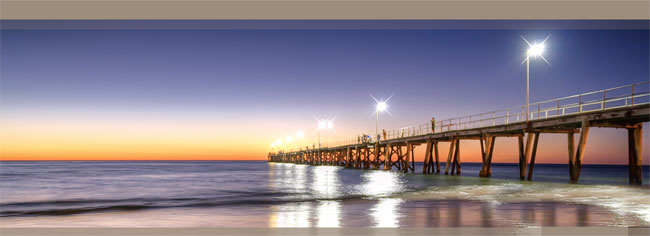
VISITOR INFORMATION
South Australian Visitor and
Travel Centre
1820 Grenfell St, Adelaide
1300 764 227
www.southaustralia.com
O ne of the best-planned cities in the world, Adelaide remains testament to the work of its first surveyor, Colonel William Light, whose statue stands on Montefiore Hill, overlooking Adelaide Oval.
Settled in 1836, Adelaide was Australias first free settlement. Like other well-planned cities around the world, Adelaide has few skyscrapers and its architecture blends both heritage and contemporary styles, retaining a human scale. Since the 1970s Adelaide has been famous for food and wine. The state is the powerhouse of the booming Australian wine industry, producing almost 60 per cent of the total output, while Adelaide Central Market is possibly the finest fresh-produce market in Australia. The city is renowned for its restaurants from the fish cafes of Gouger Street to the many gourmet eateries dotted around the CBD and tucked away in quiet corners. Adelaide also knows how to throw a party, and with a population of 1 203 000 the city is compact enough to generate a feeling of all-over revelry. First on the calendar is the Adelaide Festival of Arts, one of the worlds great arts festivals. During February and March every second year, the festival and the now annual Adelaide Fringe take over the city.
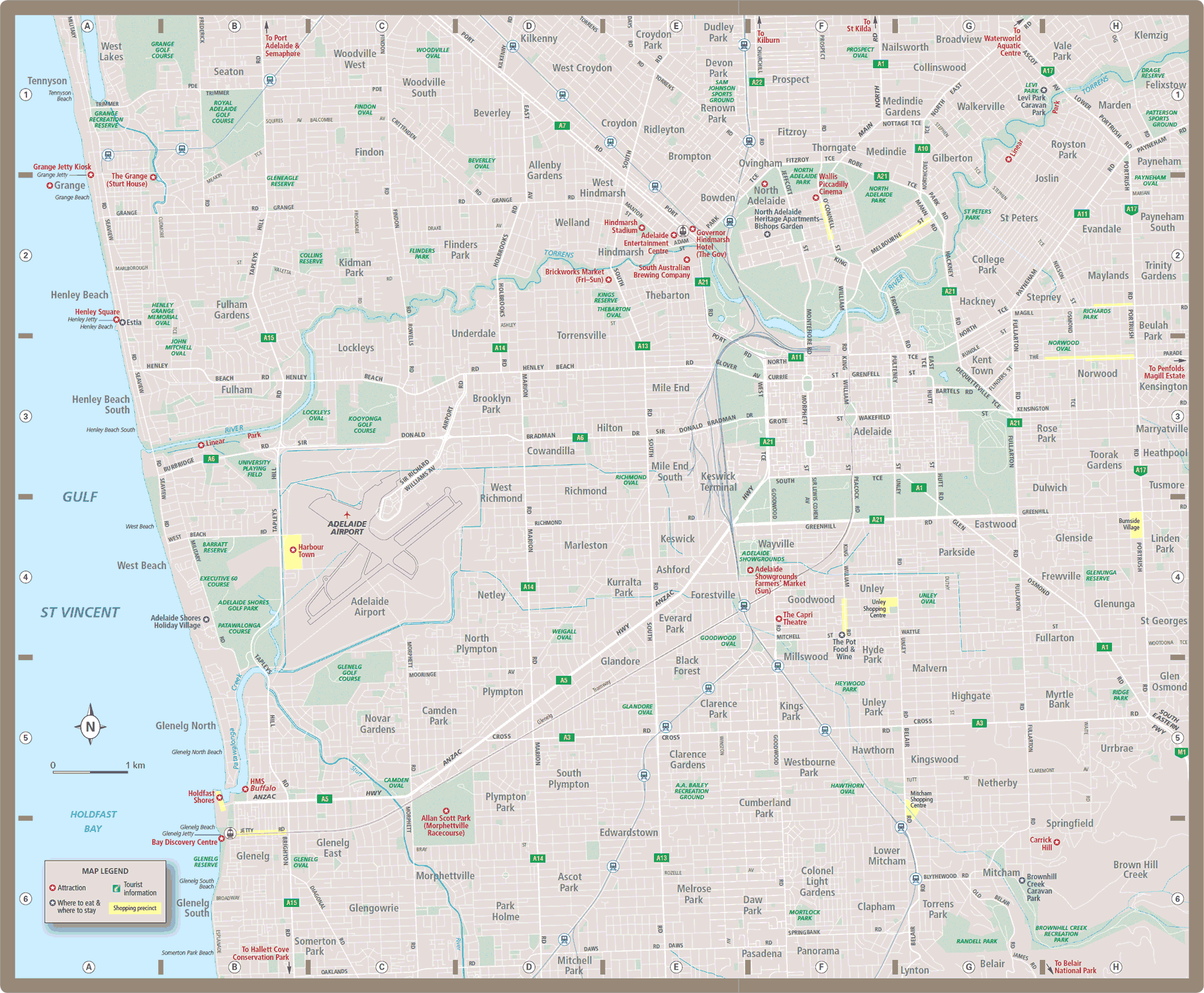
This part of Adelaide is based around two features: North Terrace, a tree-lined boulevard with a university at either end, the state library, the museum and the art gallery; and Rundle Mall shopping district.
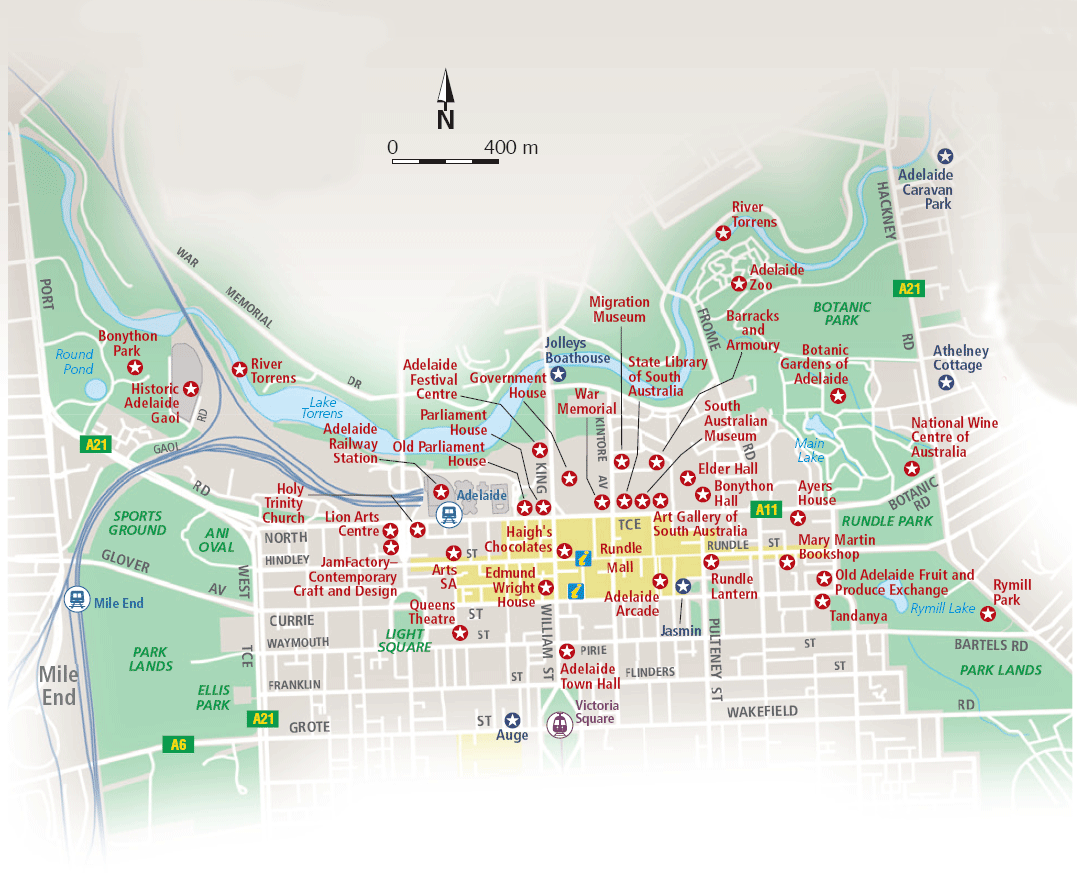
Rundle Mall
This mall, Australias first, is the citys shopping heart, with major department stores, clothing shops, souvenir and craft stores, and eateries. Sculptures dot the mall, including two silver balls known as the Malls Balls. Haighs Chocolates on historic Beehive Corner is a must (visit the Haighs factory in Parkside). Rundle Mall runs parallel to Grentell Street, and they are joined by two treasures of old Adelaide Adelaide Arcade and Regent Arcade. The latter, opened in 1885, was the first retail establishment in the country to have electric lights.
East End
The east end of the mall, beyond the shops, is the hub of Adelaides nightlife. On Friday and Saturday nights the East End throbs with bars and clubs, and there are over 50 restaurants. Among the shops is Mary Martin Bookshop, Adelaides oldest bookseller. On Sundays visit the craft and fashion street market. The Rundle Lantern, corner Rundle and Pulteney streets, delivers digital art from dusk until midnight, with extended hours for special events.
Hindley Street
Sometimes known as the West End, this is another lively part of town. The ornate Wests Coffee Palace building, constructed in 1903 as the Austral Stores, is now the home of Arts SA.
Parliament House and Government House
These impressive buildings adorn the northern intersection of North Terrace and King William Road. Government House, the oldest in Australia, was where the first council of government met. As the council expanded it came to include what is now Old Parliament House. These buildings, and several statues and monuments, such as the War Memorial on Kintore Avenue, make for an interesting walk. Government House normally has two open days a year; phone (08) 8203 9800 for details. Guided tours of Parliament House run on non-sitting days (Monday and Friday) at 10am and 2pm; see the website for sitting days (www.parliament.sa.gov.au).
State Library of South Australia
The State Library complex blends charming 19th-century buildings with modern technology. It includes the Bradman Digital Library and Trail, the ultimate research source for the career of cricketer Sir Donald Bradman, who lived in Adelaide for much of his life.
Next page

